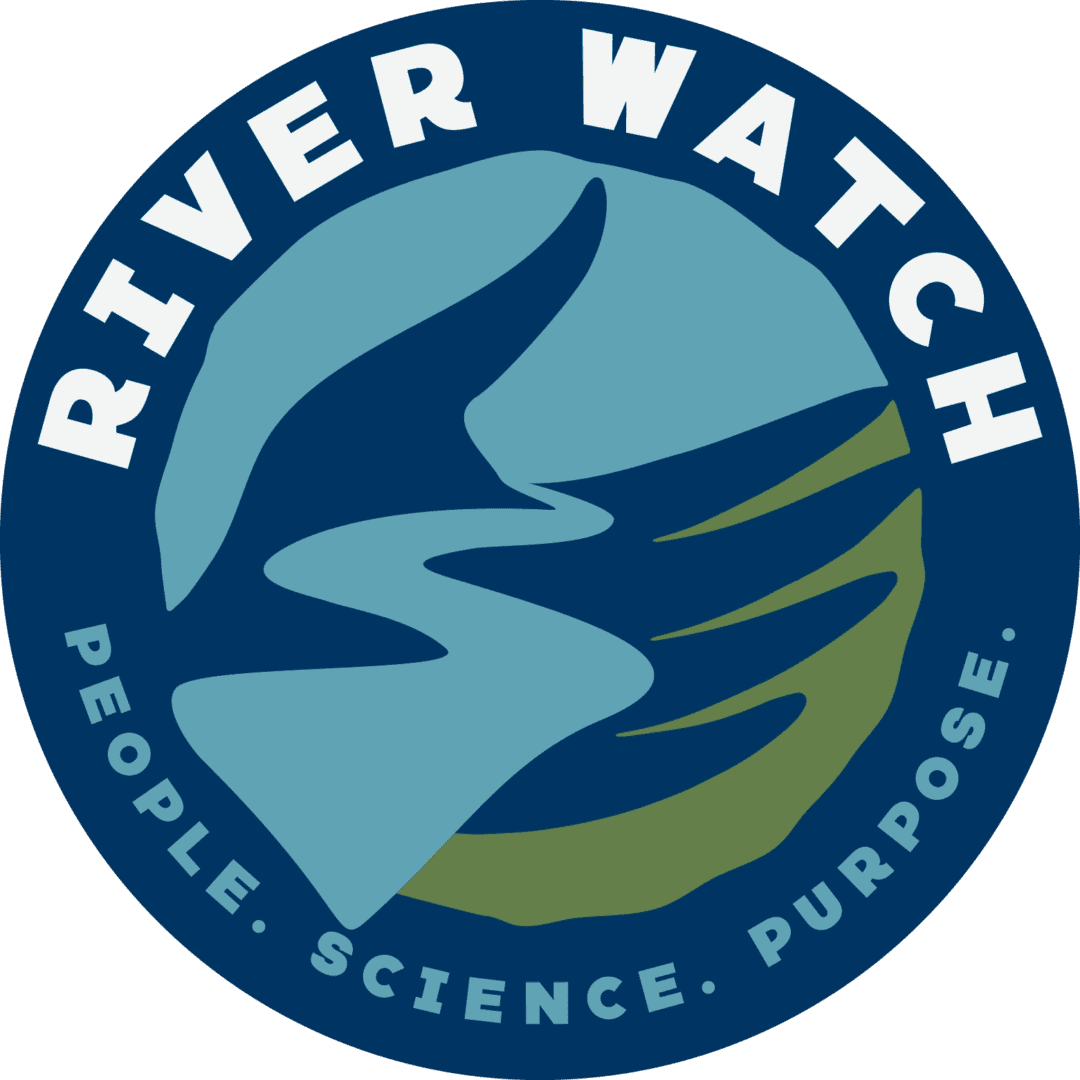River Watch Data
If you are a volunteer logging in or entering data for the first time, please watch this short five-minute video on field data entry.
If you are a volunteer entering your data, log in here to the database.


About River Watch Data
River Watch collects a multitude of water quality data statewide. These data are instrumental in crafting informed water resources policy in addition to educating people about the health of streams in their own backyards.
Want to be able to visualize 32 years of River Watch Data?!!
You have come to the right place.
We are delighted to share several data visualization tools with you. These two tools were created and updated by dedicated River Watch interns: Winston Palmeri, Sam Lewis, and Noah Goodkind.
The StoryMap orients you to the active River Watch stations in the state. The next tabs take you through the major basins in Colorado. Throughout the StoryMap, one can discover more information about each River Watch station by clicking on individual points. Geospatial mapping like this helps us view multiple scales simultaneously while gathering insights for data analyses, assessments, and interpretation. These maps are made from information collected by volunteers, with supplemental information from the state of Colorado’s geospatial database. By scrolling throughout this StoryMap and clicking through the tabs, you will be able to forage your own relationship with the Colorado Watersheds and the data that volunteers have collected.
The River Watch Data Tool by Station was designed to individually look at historical trends and statistics for collected field data by station (temperature, hardness, alkalinity, dissolved oxygen, and pH). This tool is available for stations that have been sampled >30 times and uses free R programming to generate these visuals and statistics.
The River Watch Summarized Data by Station was designed to individually look at historical trends of ALL collected data presented temporally (over time), not just field data. This tool presents field, metal, and nutrient data and provides context on why we analyze these different parameters and their impact on aquatic life.
Finally, our River Watch Data Tool combines many of the elements of all tools noted above into a combined interactive platform. This allows the user to interact with River Watch data geospatially, through temporal as well as box and whisker plots of specific parameters (field, metal, and nutrient), includes aquatic life standards where applicable, and also allows you to plot multiple stations simultaneously! This is a tool we encourage you to dive into, explore and see how baseline water quality data is critical to understanding the complexity of rivers in Colorado.
We are firm believers in access to data. All River Watch data is publicly available on the Colorado Data Sharing Network and National Water Quality Portal and delivered to the WQCD for their annual hearing data calls. Without access to data, we cannot craft sound policy and empower communities to help protect what makes Colorado such a special place — its beautiful rivers and streams!
